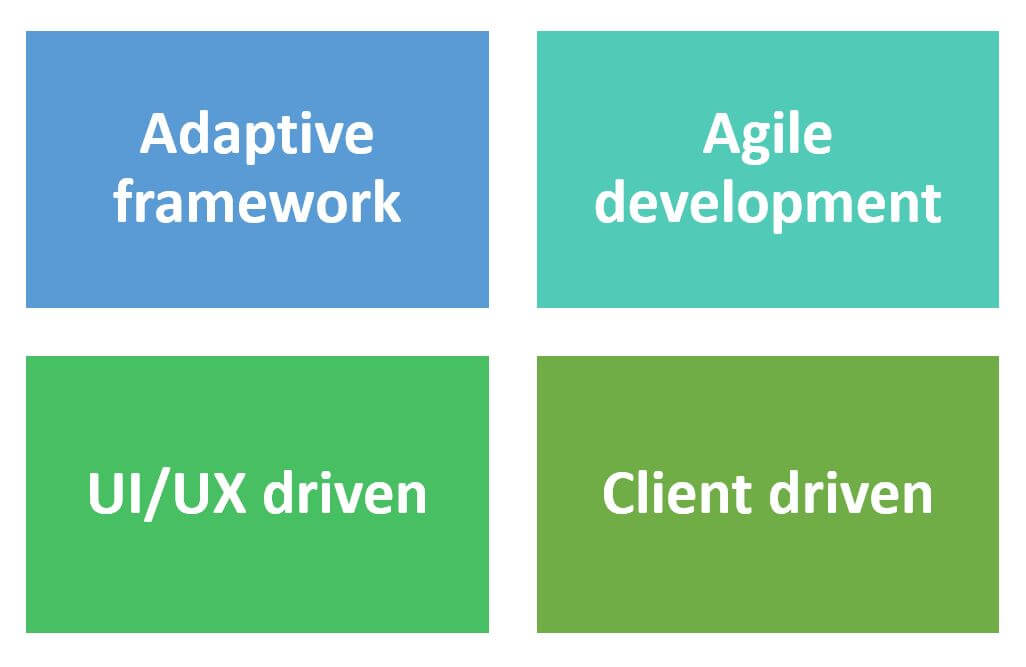Back in 2004, I started working on a project to build the first web based electronic medical record system in the country, with Jim Turley, RN, PhD – an amazing bioinformatics expert and Dr. Buck (David) – who was then the President at HealthCare for the Homeless - Houston. This was part of my graduate school thesis work, trying to figure out workflow models and data entry flows that worked best for street outreach.
We spent countless hours designing theoretical workflow models and designs for data entry screen, focusing on speed and ease of use when on the street. Somehow, each time, it just didn’t fit the requirement exactly the way we wanted. Frustrated, we decided that I would go on street outreach with David for the next couple of months, both of us with tablets and me duplicating the workflow and data entry along with him, to really understand how the system was being used. That is when I realized the challenges of the environment and what it was like trying to engage with a person who is in line for breakfast at a soup kitchen, with a tablet in our hands, sweating in the Houston heat with the sun reflecting on the tablet screen! Little did I know at that time that we were implementing what is now called a User experience (UX) driven model of software development – building with the end users experience as the focus rather than just the core functionality.
Today at PCIC we are developing a variety of software and technology solutions for our intervention teams and our patients – from patient data entry and tracking solutions, to data analysis solutions to scheduling and alerting solutions. The experience I learned 13 years back is at the core of all our software development projects: they must all be developed with a user experience driven model – where we try as much as possible to walk in the shoes of our care coordinators, have them involved in the design process and have an effective feedback loop between the different teams. Today, when a new staff member is hired to the technology division, they are required to go on a patient home visit with the intervention team to feel the experience. I believe this is a core requirement, especially in the healthcare industry, where we see so many software solutions and Electronic Health Record system being designed without a tightly integrated feedback loop, resulting in subpar experiences for the physician, provider and in turn the patient.
At PCIC, we have four principles that we try and follow when designing our care coordination software:




